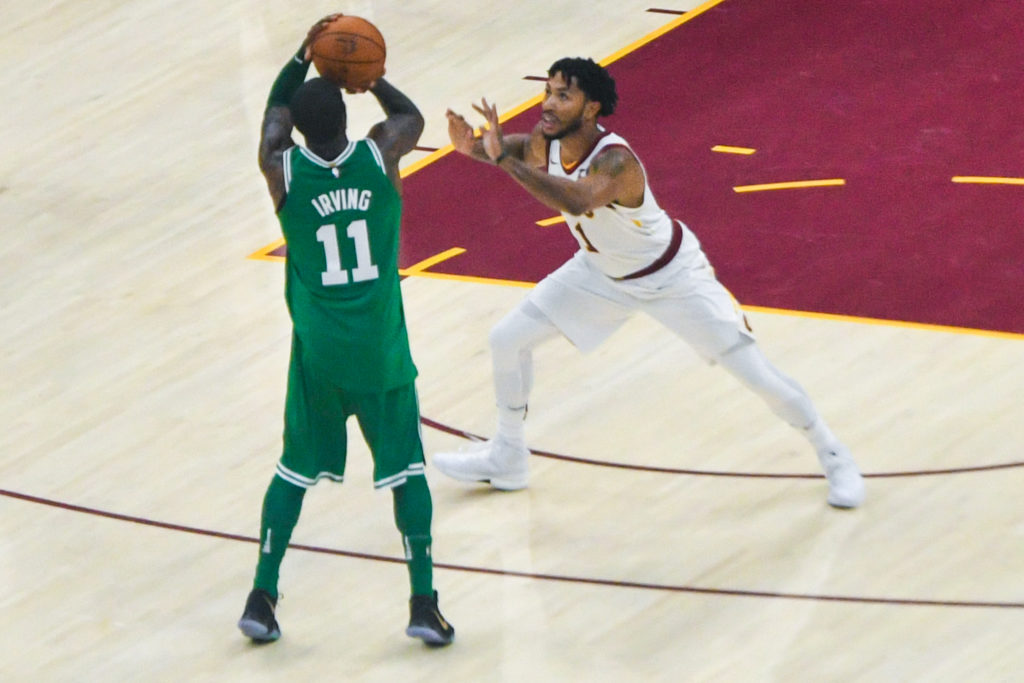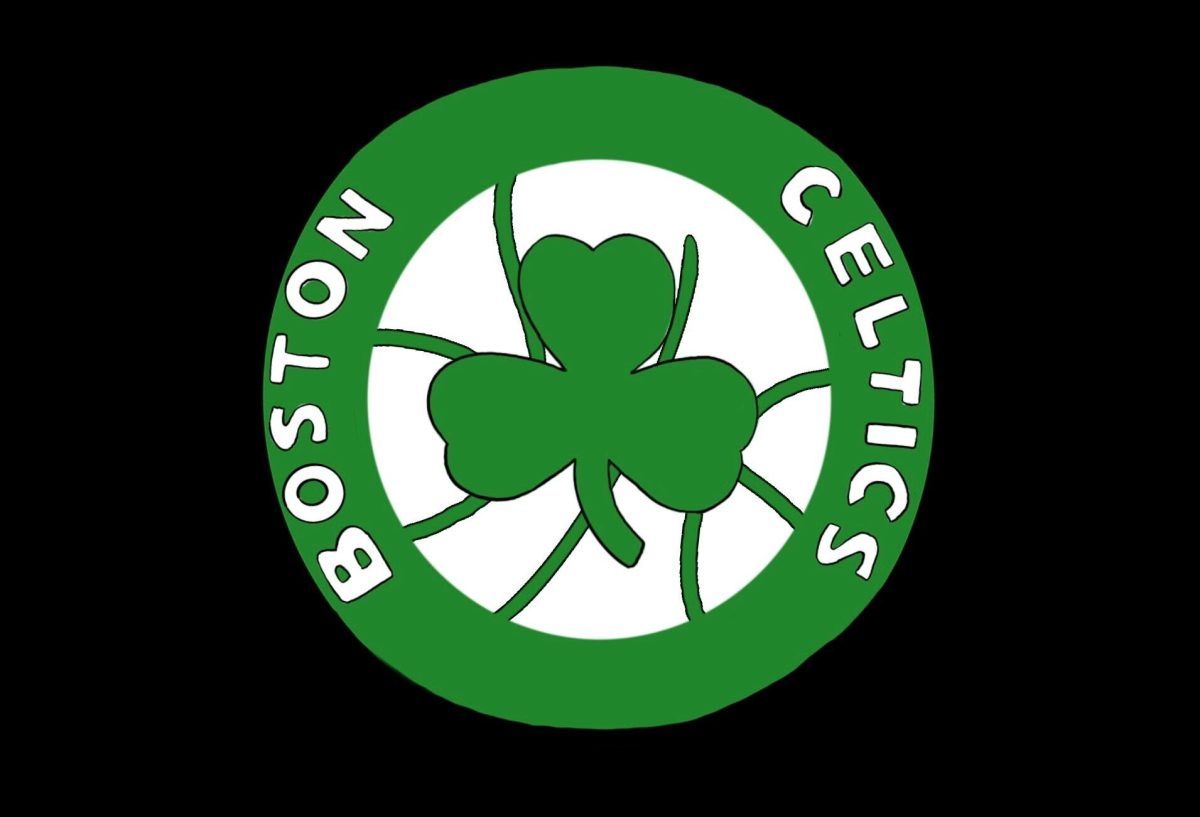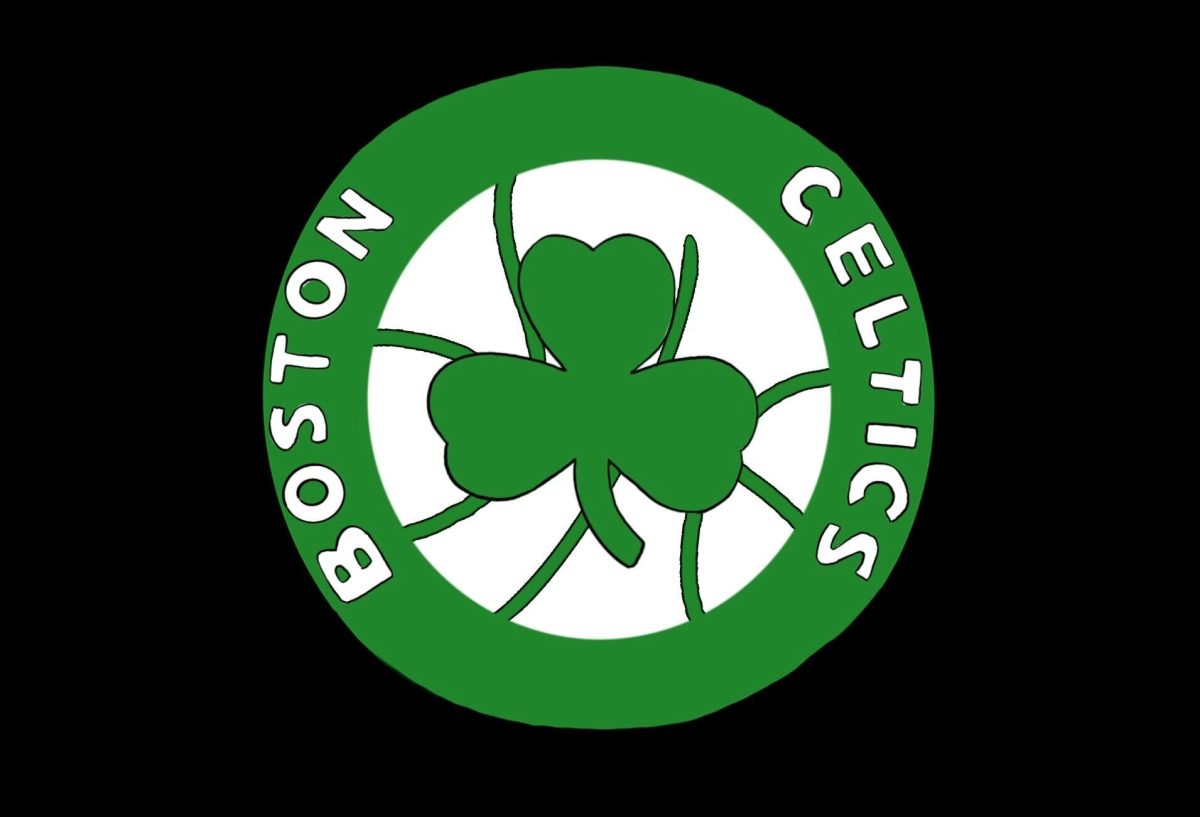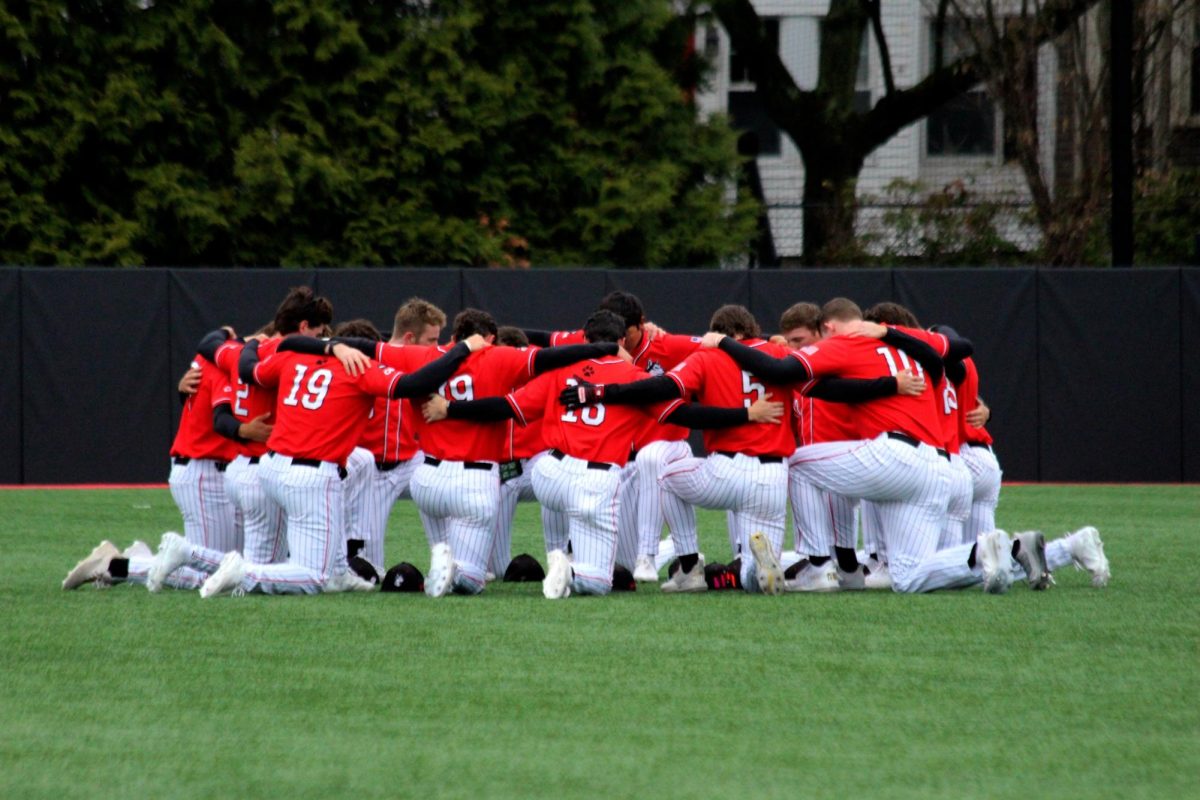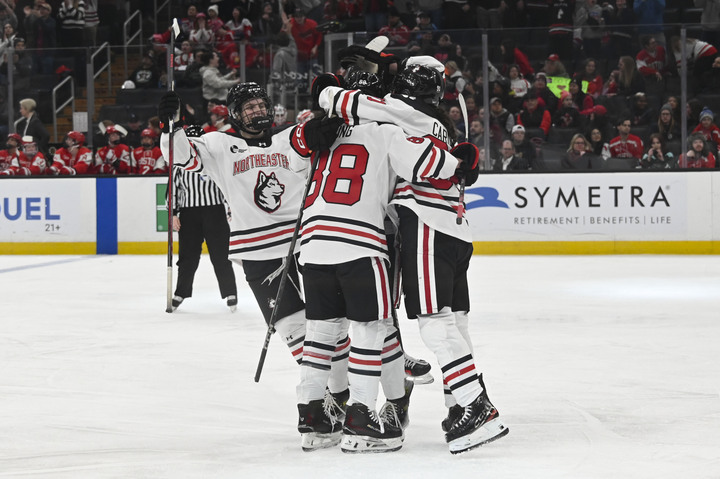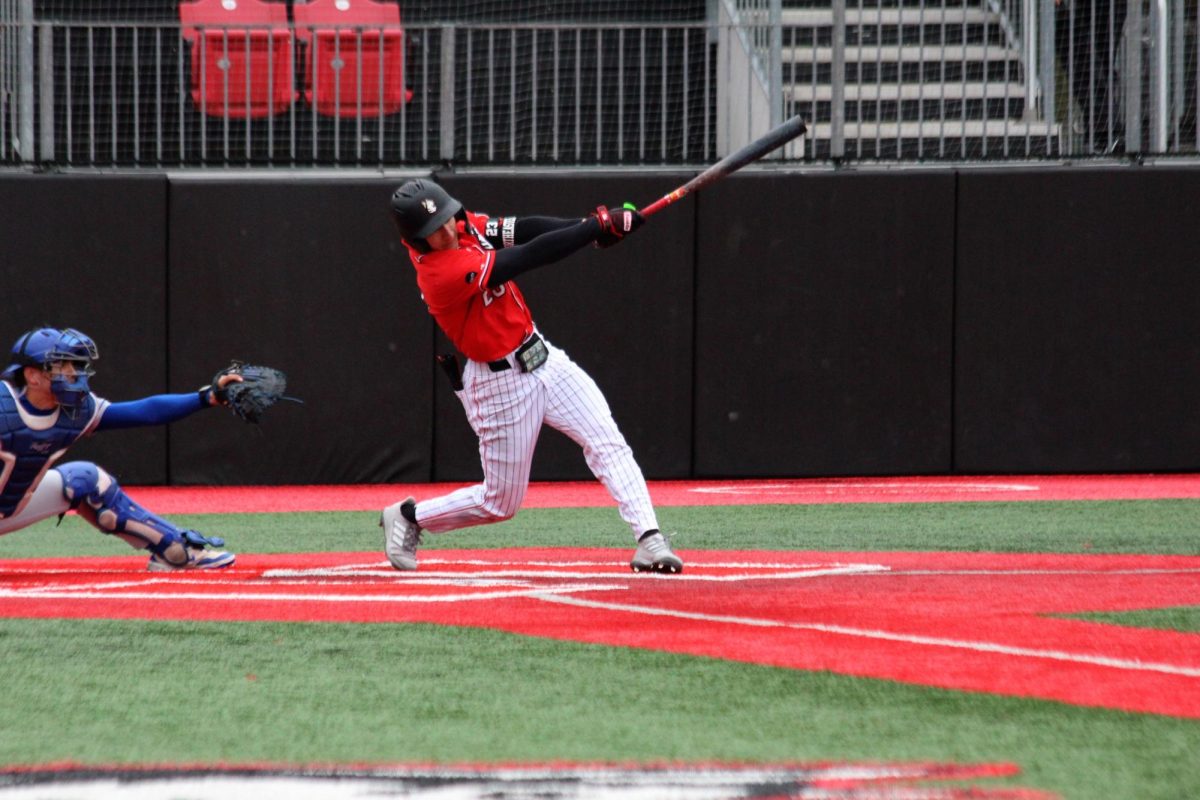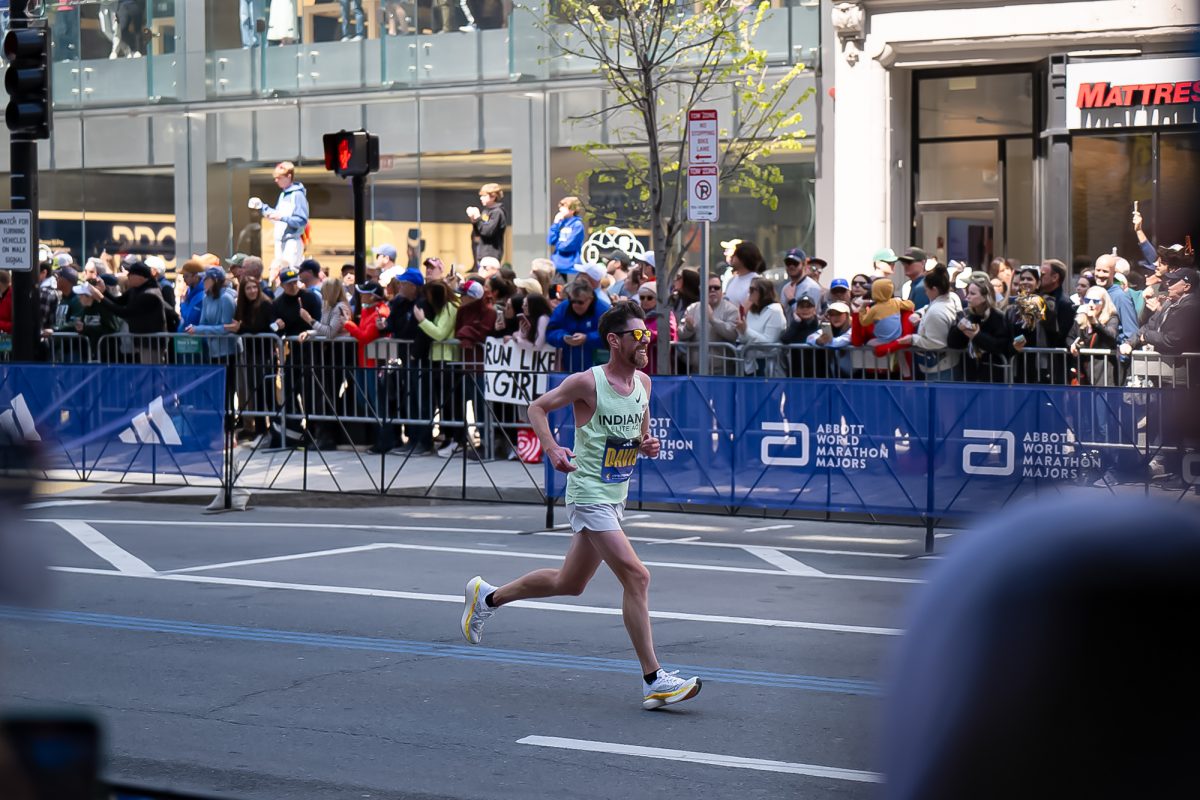By Kyle Taylor, sports columnist
“Oh my goodness, [Gordon] Hayward came down so hard…Hay–…Hayward has broken his leg! Hayward has broken his leg,” said ABC announcer Mike Breen, stunned. He repeats “oh my gosh” a few times in utter disbelief before continuing with the perfect summation: “That is how quickly a season can change.”
And just like that, The Boston Celtics’ $29.7 million dollar player, the fourth highest salary in the NBA, was out for the season a mere seven minutes into his debut.
The question of whether or not the Celtics were poised to dethrone the Cavaliers in the Eastern Conference went out the window. Finals aspirations were killed, and the brightside reality became that regardless of wins and losses, this team will just take this season to gel together and build chemistry.
I wrote a column about how the Celtics were ready to burst out for a 60-win season two weeks before the 2017-18 season began. After that, I was all but certain we’d be fortunate to come close to the 48 wins of last season.
I had tickets to the first home game against the Milwaukee Bucks the day after the injury. I watched firsthand as the Celtics lost their second straight game to start their season 0-2 as of Oct. 18. Everything was bleak. Kyrie Irving should’ve stayed in Cleveland. Our “very-able” newcomers were showing their inexperience and lack of cohesion. And maybe our team wasn’t as deep as previously thought.
Then Kyrie shouted some expletives at an opposing fan, and the Celtics didn’t lose another game until Nov. 22. Going on a tear of 16 straight wins and ranking up to the league’s best defense wasn’t exactly what the analysts were predicting after the nightmare start to the league. Not even the Boston faithful could’ve imagined such a start.
So, after watching every game, here’s how the improbable streak went down in a nutshell.
Coach of the Year?
Brad Stevens. Regardless of the score or who was on the court, he continued to motivate his players by encouraging them to stick to his system. And it worked. The Celtics rallied back from four 16+ point deficits to win, and one of those was a brilliant comeback against the league-dominating Golden State Warriors. The Warriors usually make their opponent look like 5 players you wouldn’t even see at Marino but, in a game that would’ve been far too easy to quit on, Brad Stevens put his players in premier situations to score and had them defending as a cohesive unit. They held the Warriors’ four All-Stars to just 33 percent shooting on 61 shots combined. Turns out the Warriors can lose when that happens.
Next Man Up
The ability for every member of the team to contribute is the story of season thus far. In a game without our All-Stars, Kyrie Irving and Al Horford (and All-Star-caliber Gordon Hayward), the Celtics rallied back from being down 17 points to beat the Charlotte Hornets. The bench had the Celtics trending to large runs that cut into leads in a number of games and provided the spark necessary to get back into them, oftentimes with Irving resting on the bench in the third quarter. This would give a rested Irving the perfect momentum to come back in for utterly clutch performances.
“End of the game is winning time”
Irving thus far has been even more clutch than ever. Any basketball fan knows of the shot he hit to earn the Cavaliers their first championship ever against the Warriors in 2015. Essentially, he embodied that moment in every fourth quarter this season.
Celtics fans have been truly blessed with end-of-game performers. Isaiah Thomas earned the “King of Fourth” moniker last season after saving the Celtics game after game in the clutch. It looks like Kyrie has been more than willing to pick up right where Thomas had left off. How does he do it?
“Pretty simple: It’s winning time,” Irving said in a press conference. “Been doing it for a few years in the league in the fourth quarter. Just doing whatever is needed to get the win.”
The young players, such as Jaylen Brown and Jayson Tatum, have been ungodly and have contributed in no small part to the gold that’s been struck early. Even Marcus Smart, who is in the middle of the worst shooting season in NBA history, has been begun to turn it around and has been a key factor in every game.
Alas, the Celtics finally fell to the Miami Heat in a game that turned out to be insurmountable (and downright unlucky) for the Celtics. And then again to the Detroit Pistons, who had their best game of the season. Still, neither one of those was a particularly bad loss. The Celtics have been playing games with little rest in between to compensate for a January game in London against the Philadelphia 76ers, which will have four days of rest before and after. The Celtics’ opponent is often far more rested, as they have played the most games thus far in the NBA.
So, after the first loss to end the streak, with legitimate criticisms to the game plan and adjustments that the coaching staff can take into account, it felt like the Celtics’ season could really start this time. It’s tough to really build when you’re red hot like they were. You know what they say: “If it ain’t broke, don’t fix it”.
It’s great to watch this team –– to say the least. With how the season began, nobody expected Boston to achieve such success. Being so evidently set up for the present and the future is just a testament to how general manager Danny Ainge hasn’t flopped in years. With such a young team that boasts the best record in the NBA with one-fourth of the season down in the books, it seems that any way you look at it, one thing is for certain: the grass is greener over here.


